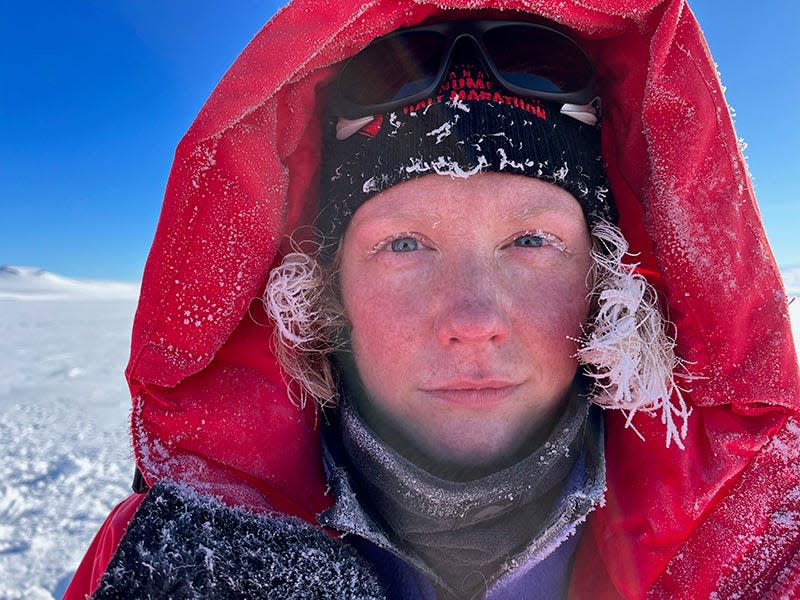All-women Purdue team of scientists travel to Antarctica for ancient research
WEST LAFAYETTE, Ind. − In an effort to dig into the Earth's past, one Purdue associate professor, and her all-female team, have traveled to the harsh lands of Antarctica.
Marissa Tremblay, an associate professor of earth, atmospheric and planetary sciences in Purdue's College of Science, recently led her team of scientists to Antarctica to further their research; a team who happen to all be women.
According to Purdue, Tremblay's team consisted of: "Emily Apel, who is focusing on this research as part of her dissertation; geologist Jennifer Lamp of Columbia University’s Lamont-Doherty Earth Observatory, who oversaw the weather and temperature instruments; and geochemist Marie Bergelin of the Berkeley Geochronology Center, who sampled rocks and helped install the instruments."

Tremblay and her team's goals are to research further into the past of Antarctica's climate history, according to Purdue. To do this, the scientists looked at the rocks in Antarctica using a new method to do so.
Tremblay is a gas geochemist who has developed a way of analyzing what temperatures rocks have experienced by using small amounts of noble gas inside the rocks. According to Purdue, she has already used this technique to study climate history in the European Alps, among other places. She hopes that Antarctica's climate is able to tell an older story, that being one of ancient history.
“One of the most exciting things about this trip – other than the trip itself – is the possibility of revealing how warm the Antarctic continent was before our oldest ice core records,” Tremblay said in a release. “Understanding what Antarctica, and the Earth, looked like in the past can help us peer into and predict potential futures.”
Tremblay and her team ventured to the remote McMurdo Dry Valleys in Antarctica to same rocks, record weather, temperature and atmospheric conditions at various sites.
The rocks at McMurdo are devoid of ice, and have been for millions of years, according to Purdue.
The rock samples are in the process of being sent to Tremblay's lad at Purdue in cold storage. Once they arrive, according to the release, she will further analyze them alongside Darryl Granger, Purdue geologist and professor of earth, atmospheric, and planetary sciences.
“Three to 3.3 million years ago, carbon dioxide concentrations in the atmosphere were similar to today, and sea levels were 50 feet or more higher – about the height of a five-story building!” Tremblay said in the release. “This required the entire Greenland ice sheet to have melted, as well as a significant portion of the Antarctic ice sheets. Today, ice sheets cover most of Antarctica, but they are vulnerable to climate change. But just how vulnerable are they, and how much will they contribute to sea level rise as our planet continues to warm? Those are the questions we’re hoping to answer with this new research.”
This article originally appeared on Lafayette Journal & Courier: Purdue professor and her team recently studied the Earth's ancient history in Antarctica

